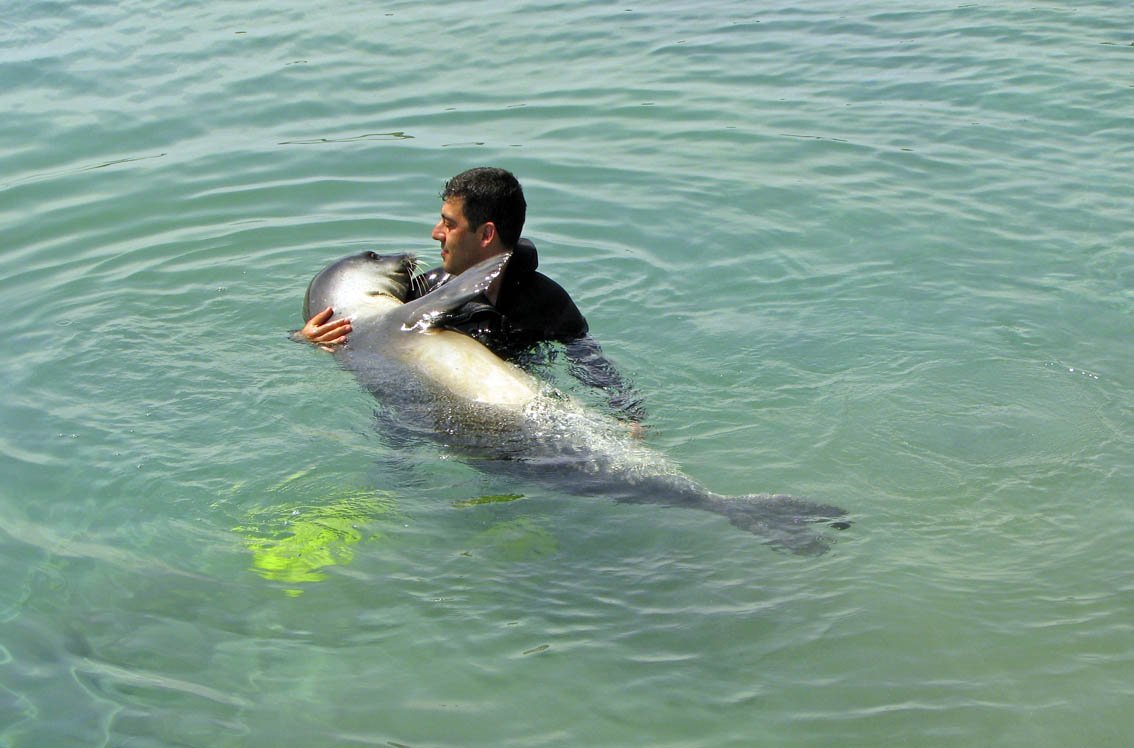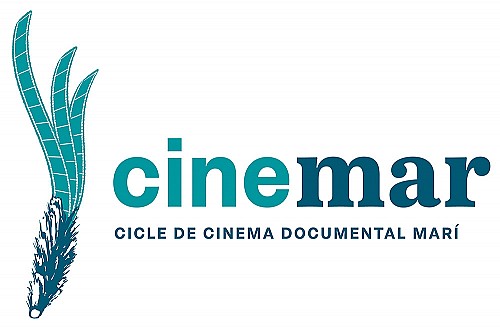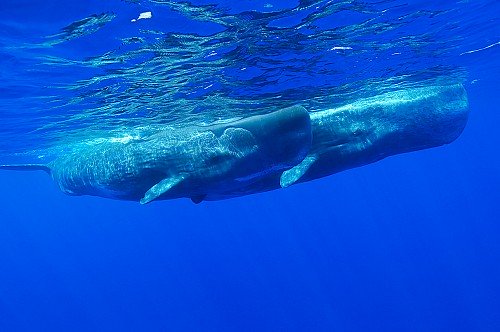'If we had fully protected marine spaces, the fishers would fish sustainably for the rest of their lives'
Published 04.11.2024
Share

Zafer Kizilkaya with Almond, one of the monk seals that live in Gökova.
Zafer Kizilkaya is a true pioneer in marine conservation in Turkey and an example of visionary commitment to the environment. From his early days diving and working with turtles, Kizilkaya dedicated himself to restoring the ocean with uncommon intensity, managing to unite fishing communities, scientists, and government in a monumental effort. His project in Gökova Bay, where he succeeded in creating the country's first marine protected areas (MPAs), transformed a devastated ecosystem into a thriving, lively habitat in just five years and earned him the Goldman Environmental Award. This project not only revitalised marine biodiversity, bringing back iconic species such as sharks and monk seals, but also gave new hope to local fishing communities, proving that sustainability can coexist with economic prosperity. Kizilkaya has shown that marine conservation is not only possible but can inspire and transform an entire region, an achievement that resonates in every corner of the Mediterranean and is a role model for the protection of our seas. We spoke with him after a lecture he gave in Palma this autumn, where he left the audience open-mouthed.
How did your interest in marine conservation start?
I have been interested in the ocean for as long as I can remember. When I was an engineering student in college, I went diving every weekend. At that time, in the 1980s, I started working with sea turtles and realised that ocean conservation is so important that I wasn't going to do anything else. After graduating, I went to Indonesia to work in marine conservation and research and conducted several expeditions in Southeast Asia and the Eastern Pacific.
Wasn’t it a monk seal that changed everything?
That's right. After a long time in the Indo-Pacific, I returned to Turkey in 2006. At that time, I was co-founder of an NGO, and we were looking aftera stranded monk seal pup. I took care of her and released her in Gökova Bay. I did some dives to follow up on her condition, and I noticed that the bay was completely deserted as if there had been a nuclear war. I was surprised because on the land side there was a lush forest and virgin areas, but underwater there was no life. I invited conservationist Enric Sala and scientist Kike Ballesteros to try to find out what was going on. We discovered that this was the area with the least amount of fish in the entire Mediterranean. That's when I set out to establish the first highly protected area in Gökova Bay.
How did you do it?
Over the course of a year, I met with more than 120 fishing families. I talked to each one of them and convinced them that if we had fully protected marine spaces, in three years they would have more fish, and would fish sustainably for the rest of their lives.
What was their response?
At first, all the fishers were against it. But in 2009, the fishery collapsed in that area. A very important part of the local fishing income came from grouper and shrimp, and these two species simply disappeared. This collapse was something of a boon for me. The situation had gotten so bad that the fishers approached me again and said ‘Let's do what we have to do.’ Then came the negotiations with other stakeholders. Government, officials... we had to talk to a lot of people, but in 2010 the no-take zones and half of the bay were closed to industrial fishing.
How did you convince the authorities to declare MPAs?
Well, at the end of 2009, all the fishing cooperatives in the bay gave written consent that they wanted to have those protected areas. I had official letters from each community. And then we had a big meeting in Ankara where we explained to the government that we needed MPAs to recover the seabed.
'It is the first time that members of the fishing community, governments and other stakeholders have agreed to create fully protected areas for biodiversity and the conservation of fish stocks.'
Over time and thanks to this experience, did the local community's perception of marine conservation change?
Not immediately. There were moments of great tension because at the beginning all the community members obeyed the law, but there were many other illegal fishers who continued fishing in those areas. It was an unfair situation for the fishers. There were no resources to control the infractions because the coast guard was very busy with illegal human trafficking, trying to save people drowning between Turkey and the Greek islands.
Didn’t you find a remedy for this situation?
Yes. I decided to set up our own surveillance programme. For this, I needed the Minister's permission, so I went to him and asked for it. After getting his permission, we started training former local fishers to monitor illegal fishing and send the information they collected to the Turkish coast guard. These watchers knew where the illegal fishing was coming from. At first their work was very hard; they were even shot at and assaulted. Luckily, the coast guard supported us, because we were doing the right thing. We were just trying to stop the illegal activity.
It is a very long process with many obstacles. Were you tempted to give up?
No. I knew it was the only solution and because I came back from Indonesia just for this, I was very determined to go ahead. We had to start somewhere. It has been a kind of historic moment for Türkiye, because it is the first time that members of the fishing community, governments and other stakeholders have agreed to create fully protected areas for biodiversity and the conservation of fish stocks.
'The sponge colonies began to grow. The fish came back. The sharks returned. Monk seal numbers increased. In just five years, the ocean's ability to recover was spectacular.'
What results have you observed in Gökova Bay since the start of the project?
At the end of the fifth year since the marine spaces were closed, we cleaned all the discarded fishing lines, maybe thousands of kilometres. One by one we collected all the discarded fishing gear, nets, and everything else. And by the fifth year, the ecosystem had changed. The sponge colonies began to grow. The fish came back. The sharks returned. Monk seal numbers increased. In just five years, the ocean's ability to recover was spectacular.
The Balearic marine ecosystem is facing the effects of mass tourism, climate change, and population pressure. Do you think the approaches used in Gökova Bay could be applied here?
Yes, they could be applied anywhere. I know that here in the Balearics there are also some no-fishing zones, although I don't know to what extent compliance with the law is guaranteed, and what scientific monitoring says. In Gökova Bay, the fisher’s income has increased since 2010 and continues to increase. Every year they catch more and bigger fish, and that is why people trust the effectiveness of MPAs. The next step we want to take is to separate artisanal fishing areas from recreational fishing. The number of recreational fishers is increasing every day all over the world, especially in the Mediterranean, and they are getting better and better equipped.
What advice would you give to organisations working to achieve marine protection objectives in the Balearic Islands?
You have to know how to maintain enthusiasm, keep in mind that we move in a field in which many actors are involved, and know how to use each success to move forward. If you are an NGO that works with fishing cooperatives, universities, governmental institutions, and coast guards, you must find a way to be able to sit around a table and discuss the problems of illegal fishing or overfishing, for example. In Türkiye, until recently, these local communities had no visibility. Someone in Ankara, in the capital, has been deciding all the regulations without being on the ground. Convey your enthusiasm to government officials. Take them to the sea to get them excited and connect with the meaning of their work. Many times, daily life in the office takes them away from the reality they are influencing. If you show them results, if you are consistent and involve them, you will eventually gain their trust and support.
QUICK TEST FOR SEA LOVERS
A book: Tuna, A Love Story by Richard Ellis. And also Voyage of the Turtle: In Pursuit of the Earth’s Last Dinosaur by Carl Safina
An image that evokes the Mediterranean Sea: It’s the only sea where you can jump to swim. So calm, so clean, so safe. You can’t swim in the rest of the oceans. It’s home. Olive trees and sea water, this is my Mediterranean image. All of the civilisations appeared on the Mediterranean, because of the resources (olives, figs, fish...).
A marine species: Monk seal
A person or organisation of reference: Enric Sala
A beach: Patara Beach, the longest beach in the Mediterranean.
Optimist, pessimist, or realist? Optimist.




